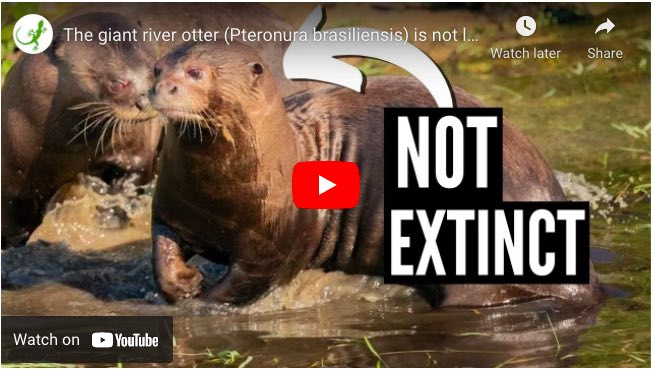Summary: Yellow-legged hornets and northern giant hornets come from Asia, but these insects have recently been found in some parts of Europe and the United States. They prey on native bees and honey bees that have no defenses against them. Destroying hornet nests is one way to control their numbers. But how do we find their nests? Insect scientists have discovered that radio-tracking technology can help us track down nests and control these invaders.
Humans move things all over the world. We ship goods from one continent to another, and from country to country on trains, planes, cars, and ships. With all of that global movement, sometimes insects and other animals sneak into shipments undetected.
One example of this unintended global shipment of insects is the yellow-legged hornet.

The yellow-legged hornet is a predator. When it sets up a nest in a new neighborhood, its workers head out in search of smaller wasps, flies, and bees to feed the hive’s growing brood. One of its favorite snacks is honey bees. Lingering outside a hive, these hornets capture flying honey bees mid-air. On their way home, the yellow-legged wasps chew the bee up into pellets to feed their young.
Yellow-legged hornets are from across Southeast Asia. In Southeast Asia, bee species have evolved defenses against the yellow-legged hornet’s attacks. But in Europe and the United States, native bees and honey bees do not have these defenses. These bees can be destroyed by yellow-legged hornets. And when hornets invade new places, there are often no species to eat and keep hornet populations in check.
Entomologists are scientists who study insects. Entomologists are concerned about invasive hornets like the yellow-legged hornet and its more famous cousin, the northern giant hornet.

The northern giant hornet is the largest hornet species in the world, at 38-50 mm long (1.5-2 inches long). It is native to East Asia. The northern giant hornet eats native bees and honey bees like its cousin the yellow-legged hornet.
The northern giant hornet can also be dangerous to humans. It is known for its intense sting. Multiple stings, such as from a group of hornets defending a nest, can be fatal to humans. The northern giant hornet has been nicknamed the “murder hornet” because of this.
In December 2019, a northern giant hornet turned up in northern Washington in the United States. This hornet and another northern giant nest found in spring 2020 worried Sven-Erik Spichiger. He is the managing entomologist at Washington State’s Department of Agriculture. The northern giant hornets were thought to have arrived in shipments of goods from Asia. If northern giant hornets successfully established themselves in the United States, it could be a disaster for native bees and honey bees.
Sven-Erik had a plan to track the northern giant hornets, but he quickly found that some of the common techniques for finding nests wouldn’t work in Washington state. One of those hornet tracking techniques is tying a lightweight piece of tinsel to the hornet and following its shimmer back to the hive.
“I’m sure that works very well in some other places, but I’m about 6 feet tall and [even] I can’t see over the Himalayan blackberry hedges in the places where we were working,” says Sven-Erik.
Then Sven-Erik came across some scientific studies about radio tracking hornets.

Behavioral ecologist Peter Kennedy and his colleagues in the United Kingdom pioneered the first method used to follow hornets with radio tracking. After catching a hornet, the researchers anesthetized it (made it go to sleep) in a tube submerged in ice for 10 minutes. They then balanced the sleeping, 22-millimeter-long (0.8-inch) insect on a custom-made restraining plate that secured a wire around its tiny waist. The researchers then attached a tiny radio tag to the hornet’s underside.
Once the hornet flew off, researchers could follow it by ear: when an antenna is pointed in the same direction as the hornet, the listener will hear a beep. Like a game of Marco Polo, if the beeps get louder, that means you’re getting closer.

Over the course of their research, Peter and his team used this technique to find five nests, with the furthest more than 1.3 kilometers (0.8 miles) from the point where they’d caught and tagged the hornet. They destroyed each nest, in the hopes of preventing the hornets from spreading further.
Peter’s team published their results in 2018. Today, other researchers are using this model in new places and for new species as the threat of invasive insects grows.
Back in Washington, Sven-Erik and his team found a radio tag that was small enough to be mounted on northern giant hornet workers. Using these tags, Sven-Erik and his colleagues found and destroyed four northern giant hornet nests in 2020 and 2021.
In addition to another nest destroyed in the neighboring Canadian province of British Columbia, this work in Washington state appears to have rid North America of the “murder hornet” invasion — for now, at least.

Neither the United States nor Canada has had a northern giant hornet sighting since the last nest was destroyed in 2021, though Sven-Erik’s team are ready just in case.
In the summer of 2023, beekeepers in Georgia discovered yellow-legged hornets preying on their hives for the first time. Georgia’s entomologists are also turning to radio tracking to face the hornet invaders.
David Brown adapted this story for Mongabay Kids. It is based on an article by Claudia Geib, published on Mongabay.com:






